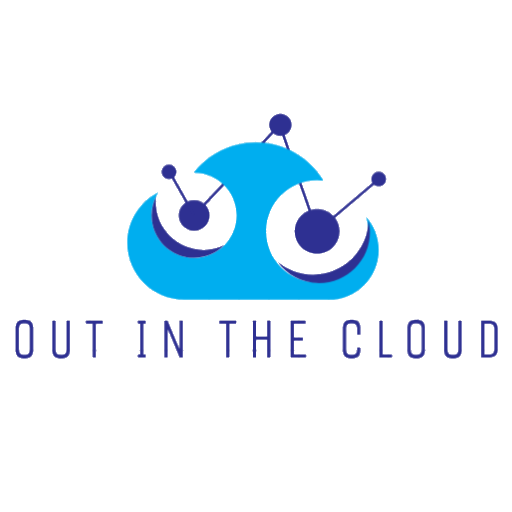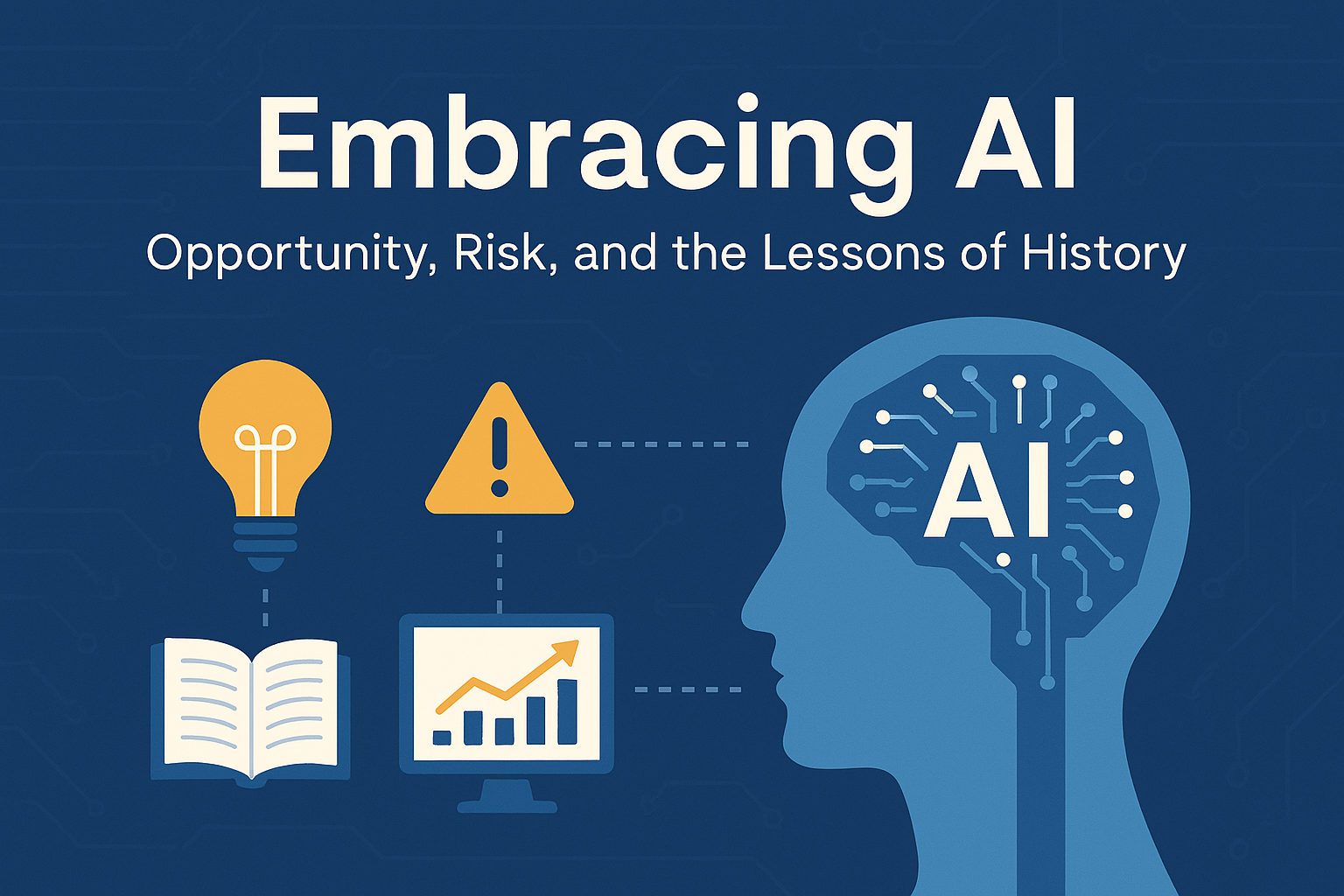If you’ve spent any time in tech, you know the drill: a new tool or technology comes along, promising to change everything. Some jump in headfirst, others hang back, and a few warn of disaster. Artificial Intelligence (AI) is the latest in a long line of innovations that’s stirring up excitement, confusion, and—let’s be honest—a fair bit of fear.
Why AI Matters—For Everyone
AI isn’t just another buzzword. It’s already reshaping how businesses operate, how processes are designed, and how technology is built and maintained. From automating routine tasks to uncovering patterns in mountains of data, AI can help organizations work smarter, not harder. For tech professionals, it’s a tool to boost productivity and unlock new possibilities. For the general public, it’s showing up in everything from smart assistants to personalized recommendations.
But here’s the thing: AI isn’t magic. It’s built on algorithms, data, and the same kind of step-by-step logic you use when setting up a server or configuring a new app. The difference is scale—AI can process and learn from data at speeds and volumes that humans simply can’t match.
The Risks: What Could Go Wrong?
With great power comes great responsibility. AI can make mistakes, amplify biases, and sometimes deliver results that are hard to explain. There’s the risk of over-reliance—letting the machine make decisions without enough human oversight. There’s also the challenge of privacy, security, and ethical use. If you’ve ever locked down a server or worried about who has access to your data, you’ll recognize these concerns.
For businesses, the risk is not just technical. It’s strategic. How do you integrate AI into your workflows without losing sight of your goals? How do you make sure your team understands what AI can and can’t do? For tech professionals, it’s about staying up to date, questioning assumptions, and making sure the systems you build are robust and fair.
The Historical Perspective: Fear and Adaptation
Here’s where history comes in. Every major technology—electricity, the telephone, the internet—was met with skepticism and fear. People worried about jobs, privacy, and even the end of society as they knew it. But over time, we learned, adapted, and found ways to use these tools to improve our lives.
AI is no different. The initial fear is a sign that something big is happening. It’s a chance to pause, ask questions, and decide how we want to move forward. The key is not to ignore the risks, but to face them head-on—through education, thoughtful design, and ongoing dialogue between technologists, businesses, and the public.
Moving Forward: Practical Steps
- Stay informed: Whether you’re a business leader or a developer, keep learning about AI’s capabilities and limitations.
- Ask questions: Don’t accept “black box” answers. Dig into how decisions are made and what data is being used.
- Design responsibly: Build systems that are transparent, fair, and secure.
- Engage with others: Share your experiences, listen to concerns, and work together to shape the future of AI.
AI is here to stay. Like every technology before it, it brings both promise and peril. The challenge—and the opportunity—is to learn, adapt, and decide together how we want to use it. History shows that fear fades as understanding grows. The future of AI will be shaped not just by what it can do, but by how we choose to handle it.


Leave a Reply